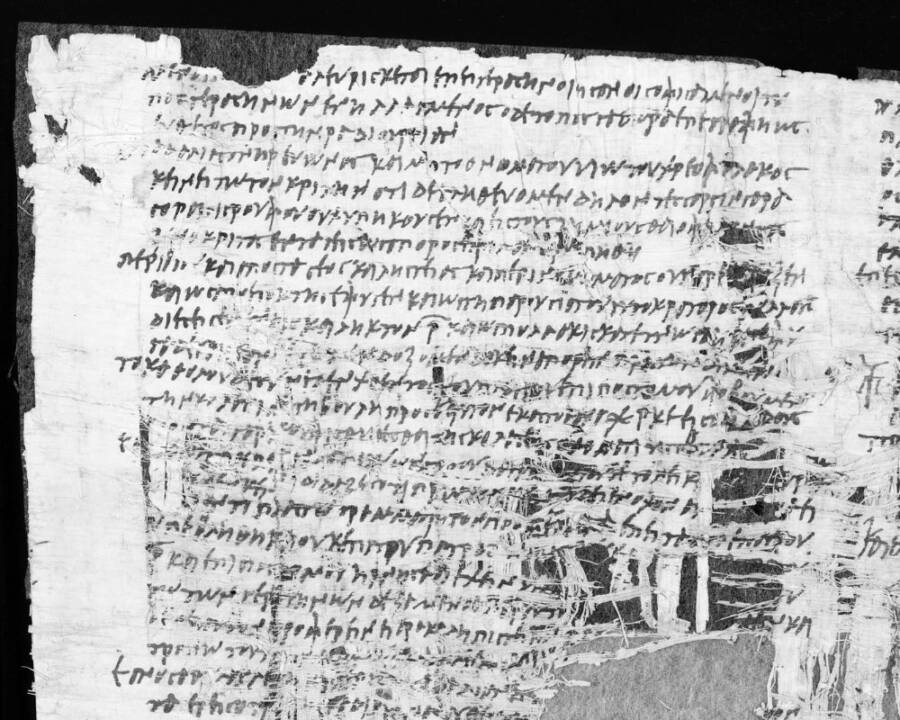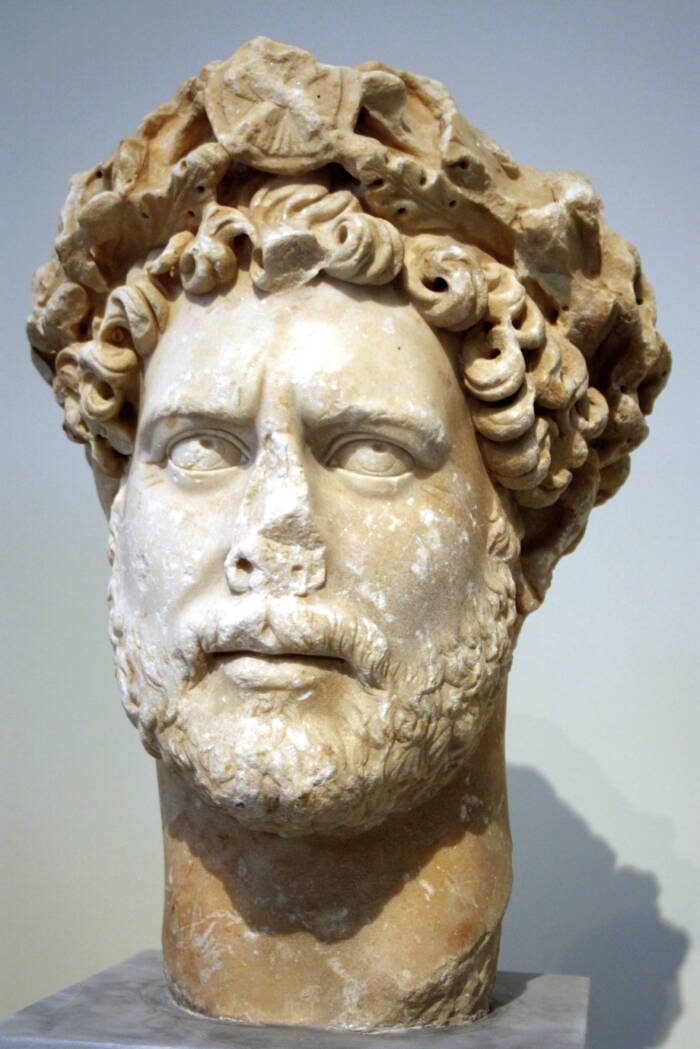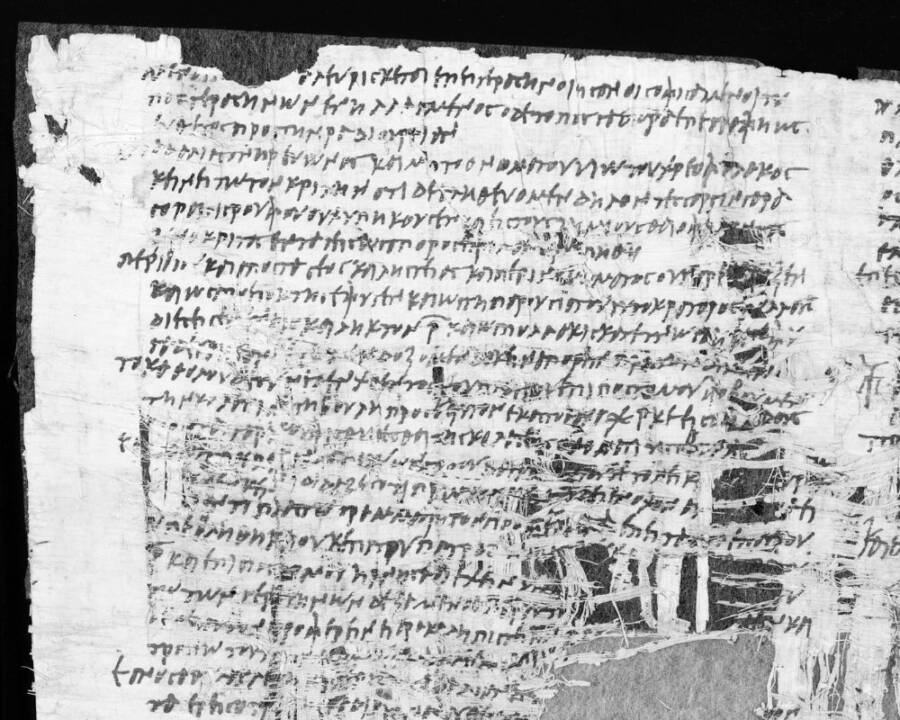“Secrets of an Ancient Trial: What a 1,900-Year-Old Papyrus Reveals About Justice in the Roman Empire”
A Fascinating Tale Of Tax Evasion, Fraud, And Rebellion
As detailed in a study published in the journal Tyche, the papyrus was written on the eve of Gadalias and Saulos’ trial before Roman officials. Written by the Roman prosecutors, the 133-line document is full of details about evidence and strategy.

Shai Halevi, Courtesy of the Leon Levy Dead Sea Scrolls Digital Library, Israel Antiquities AuthorityAn infrared image of the papyrus.
So, who were Gadalias and Saulos? The two Jewish defendants were accused of multiple crimes, including forging documents and defrauding the Roman tax authority by selling slaves under the table (or possibly simply setting them free). Gadalias, the son of a notary with a long criminal history of his own, apparently helped Saulos execute the crime.
The two men were also accused of rebellious activities at a time when rebellions were increasingly putting the region on edge. Their trial likely took place sometime between 129 and 131 C.E., after the Jewish Diaspora revolt and just before the Bar Kokhba revolt.
As the researchers found, the papyrus implies that Gadalias and Saulos were involved in rebellious activities during Emperor Hadrian’s visit to the region.

Giovanni Dall’Orto/Wikimedia CommonsResearchers were able to date the papyrus because it mentions the Roman emperor Hadrian, who visited the region between 129 and 130 C.E.
“Whether they were indeed involved in rebellion remains an open question, but the insinuation speaks to the charged atmosphere of the time,” Dr. Anna Dolganov of the Austrian Academy of Sciences, one of the study authors, said in a Facebook post by the Israel Antiquities Authority.













